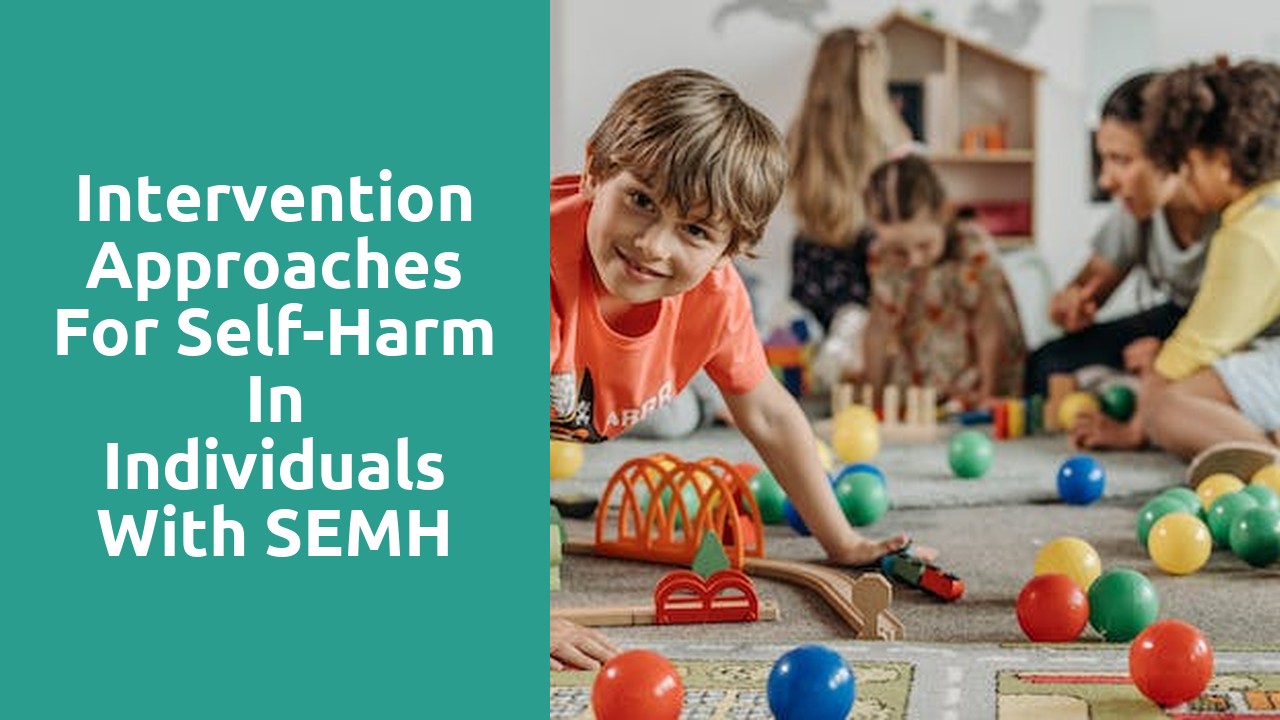

Self-harm is a deeply complex and multifaceted issue that plagues individuals of all ages and backgrounds. It stems from the profound inner struggles that individuals face on a daily basis, often rooted in feelings of intense emotional pain, isolation, and a desperate need for control. This form of self-destructive behavior serves as a coping mechanism, albeit an unhealthy one, offering temporary relief and a distorted sense of power over one's own emotions.
The inner struggles that lead individuals to engage in self-harm are often deeply personal and unique to each person. It is crucial to recognize that self-harm is not a cry for attention or a mere act of rebellion; it is a way for individuals to cope with overwhelming emotional turmoil that they may not have the skills or resources to handle in a healthier manner. It is a manifestation of their pain, a tangible representation of their unseen battles. To truly understand self-harm and its intricate inner workings, we must delve into the complexities of these struggles and seek to unravel the underlying causes, in order to provide the necessary support and intervention for those affected.
Self-harm is a complex issue that is often overlooked and misunderstood. For individuals with Social, Emotional, and Mental Health (SEMH) challenges, navigating the complexities of self-harm presents unique and significant challenges. Understanding the underlying factors and reasons behind self-harm is essential in order to provide effective support and intervention.
One of the primary challenges in addressing self-harm in SEMH is the stigma surrounding the issue. Society tends to view self-harm as a cry for attention or a sign of weakness, leading to judgment and further isolation for those struggling with it. This stigma creates a barrier to open conversations and prevents individuals from seeking the help they desperately need. It is crucial to recognize that self-harm is often a response to intense emotional pain and distress, rather than a manipulative behavior. By breaking down the stigma and fostering a compassionate and supportive environment, we can start to address the complexities of self-harm in SEMH and provide individuals with the understanding and help they require.
Empathy and compassion are foundational cornerstones in building bridges of support for individuals with SEMH (Social, Emotional, and Mental Health) challenges. When it comes to understanding and supporting those who self-harm, it is crucial to approach them with empathy and compassion, recognizing the underlying pain and struggles they may be experiencing. By cultivating a genuine sense of empathy, we create an atmosphere of trust and understanding, providing a safe space for individuals to express their emotions and open up about their self-harming behavior.
Empathy involves placing ourselves in someone else's shoes and attempting to comprehend their feelings and experiences. It is not a judgment or a solution, but rather a powerful tool to connect with others on a deeper level. By showing empathy towards individuals with SEMH, we validate their emotions and acknowledge the difficulties they face. This validation is essential, as it communicates to them that their feelings are real and that they are not alone in their struggles. Through empathy, we begin to build a bridge of support, creating an environment where individuals feel comfortable seeking help and guidance without fear of being judged or criticized.
Establishing trust is a crucial component in any intervention approach for individuals with self-harm tendencies. Without a foundation of trust, it becomes increasingly challenging to effectively support and guide individuals towards healing and recovery. The power of connection lies in the ability to create a safe and non-judgmental space where individuals feel seen, heard, and accepted for who they are, without any stigma or shame attached to their struggles.
When trust is established, individuals with self-harm tendencies are more likely to open up about their inner struggles. They feel comfortable sharing their deepest fears, anxieties, and vulnerabilities with their support network, knowing that they will be met with empathy and understanding. This authentic connection is the catalyst for healing, as it allows individuals to feel validated and supported in their journey towards recovery. With trust in place, intervention approaches can then be tailored to address the unique needs and challenges of each individual, leading to more effective outcomes in their healing process.
Promoting resilience in individuals with SEMH is crucial for their overall well-being and recovery. By identifying and unleashing their strengths, we can empower them to overcome the challenges they face. Resilience is the ability to bounce back from difficult situations and adapt to adversity. In individuals with SEMH, building resilience can help them develop coping skills, improve their emotional regulation, and enhance their ability to navigate social relationships.
One key aspect of promoting resilience is focusing on their existing strengths and abilities. By recognizing their unique talents and capabilities, we can help individuals with SEMH build a sense of self-efficacy and confidence. Providing opportunities for them to showcase their strengths, whether it's through academics, sports, or creative pursuits, can boost their self-esteem and foster a sense of achievement. Encouraging and celebrating their successes can motivate them to continue developing their strengths and overcome obstacles they may encounter on their path to recovery.
Breaking the silence surrounding self-harm is crucial in order to create a safe and supportive environment for individuals struggling with this issue. Open conversations are essential in breaking down the stigma surrounding self-harm and promoting understanding and empathy. By encouraging open discussions, we can provide a platform for individuals to share their experiences and emotions without judgment.
When we encourage open conversations about self-harm, we create opportunities for individuals to express their feelings and seek help without fear of being dismissed or misunderstood. It is important to approach these conversations with a non-judgmental and compassionate attitude, allowing individuals to feel heard and validated. By breaking the silence and promoting open dialogues about self-harm, we can foster a culture of acceptance and support, ultimately helping individuals on their journey towards healing and recovery.